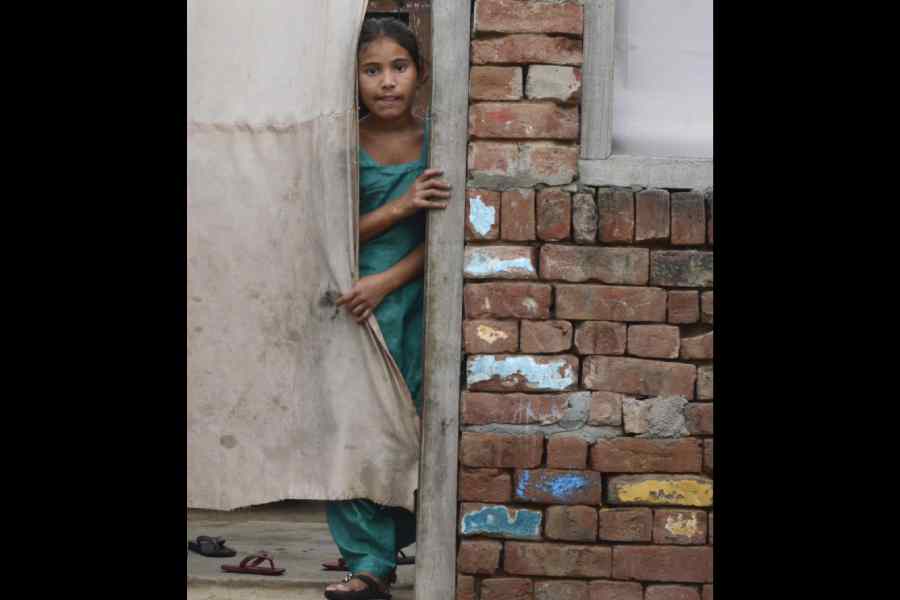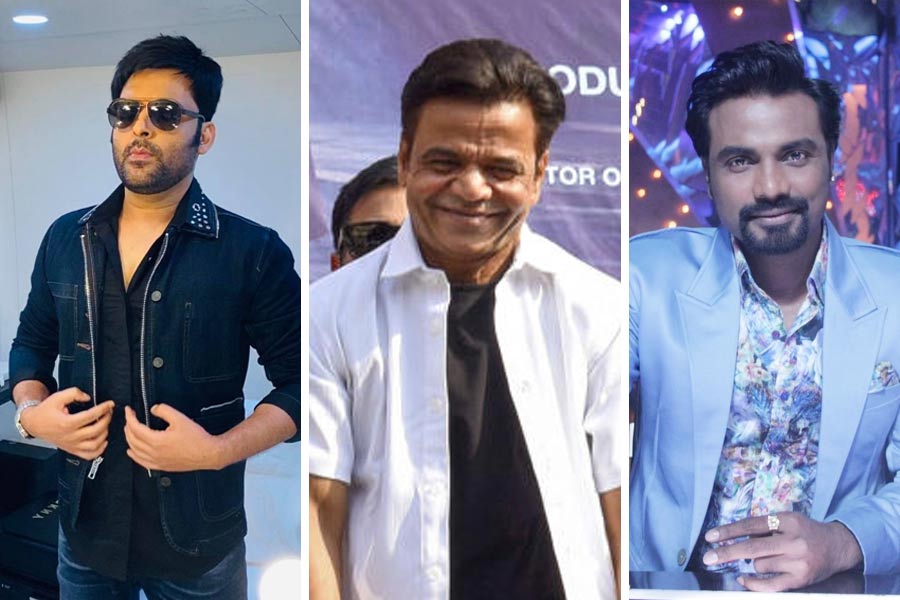Muslim backwardness, one of the key political ideas of the 2000s, has become a highly-contested issue. The Bharatiya Janata Party has tried to give it a communal overtone, especially during the campaign for the recent Lok Sabha election. It has been strongly argued that there is no need to have specifically-designed affirmative action policies for Muslims primarily because the Constitution does not approve of religion-based quotas. The leaders of the BJP criticised the Opposition parties for promoting what they call ‘vote bank politics’. In fact, an impression was created that the Opposition parties, especially the Congress, would give reservation to Muslims by reducing the quota in jobs and educational institutions for Hindu other backward classes. The Opposition parties did not respond directly to this criticism for obvious strategic reasons. However, they avoided making comments on Muslim backwardness. This attitude of the Opposition towards Muslim backwardness underlines the fact that this issue has lost its electoral viability.
There is another, and in a way, strange reason that makes the notion of Muslim backwardness politically outdated. A section of commentators tends to evoke the findings of the famous Sachar Committee report (2006) to underline the apathetic policy attitude of successive governments. No one can deny the significance of the Sachar Committee report in transforming the question of Muslim backwardness into a serious policy concern. However, one must also realise that the Sachar Committee report was the outcome of a particular kind of political discourse that had recognised inclusiveness and secularism as the driving principles of social policy and welfarism.
The contemporary State model is very different. It is a ‘charitable State’, which is committed to providing welfarism as a kind of official kindness for developing the competitive capacity of citizens so that they can survive in an open-market-driven economic sphere. This charitable State model is guided by the moto of Sabka Saath, Sabka Vikas, which is often evoked by the National Democratic Alliance government to show its adherence to inclusivity. It is true that the ministry of minority affairs still relies on the Sachar Committee report as an official reference point. Yet, the nature of its policy focus has changed significantly in the last decade. For instance, the Multi-Sectoral Development Plan, which was launched in 90 Minority Concentration Districts in 2008, was restructured in 2017-18 as the Pradhan Mantri Jan Vikas Karyakram. The areas covered under PMJVK were increased from 90 districts to 308 districts in 33 states and Union territories. The PMJVK was approved by the government for continuation over the 15th Finance Commission, which culminates in the financial year, 2025-26. This revised PMJVK scheme is going to be implemented in all districts of the country. This crucial restructuring of the MsDP simply means that the government is more interested in universalising welfarism, including the plans and the schemes initially envisaged for minorities. The backwardness of Muslim citizens, in this sense, is defined as a generic policy concern, which, according to this new, official viewpoint, does not require a dedicated and/or specific programme of action. Precisely for this reason, an alternative perspective on Muslim backwardness needs to be framed which might adjust with contemporary policy priorities.
The conceptual framework adopted by the Sachar Committee report is very valuable in this regard. The report defines Muslim backwardness in relation to three inseparable elements: issues of identity (perceived threats as a minority), issues of security (a sense of uncertainty with regard to communal violence) and issues of equity (socio-economic backwardness). Although the report focuses mainly on the issues of equity, it recognises the importance of Muslim identity and security concerns.
This conceptualisation of Muslim backwardness, I suggest, could be revised accordingly. For the sake of analysis, the socio-economic marginalisation of Muslim communities should be differentiated from public debates on Muslim identity. In this sense, a distinction must be made between Muslim exclusion and Muslim presence.
We must remember that Muslim exclusion is associated with the relative socio-economic marginalisation of a section of Muslims. It is a subject matter for social policy designed for material empowerment of the group of people concerned. Muslim presence, on the other hand, is an outcome of public debates, which produce Muslim images, communal stereotypes, and prejudices. This is inextricably linked to the cultural policy of the State, which determines and regulates the appropriate official representations of religious and cultural identities of different communities and groups in public life.
Unlike the Sachar Committee report, which emphasises the interconnection and overlap between Muslim exclusion and Muslim presence in a profound manner, there is a need to highlight the separation between these two elements to engage with the present policy discourse. One can argue that the secular criterion, which is employed to determine the social and the economic conditions of all backward communities, must be applied universally without any discrimination. This universalisation will naturally pave the way for the recognition of the pathetic material conditions of the most excluded and marginalised Muslim communities. There is no need to demand for a separate Muslim quota. Instead, the universal applicability of welfare schemes and plans must be emphasised to ensure effective and impartial implementation of affirmative action policies.
The Muslim Pasmanda politics is very relevant here. The Pasmanda groups, especially the Pasmanda Muslim Mahaz, make three policy-oriented proposals. First, the OBC category must be divided into two sub-categories, backward and most backward, using a secular and objective criterion. Pasmanda Muslims, it is argued, will naturally come in the most backward category simply because of their relative marginalisation. Second, the scheduled caste category must be secularised. The benefit of reservation under this category must be made available to Dalit Muslims and Dalit Christians by expanding the scope of reservation. And, finally, the government must create a policy to provide some kind of affirmative action in the private sector. The Pasmanda leader and former MP, Ali Anwar Ansari, has argued that this secularisation of the affirmative action framework will make social policy more inclusive and meaningful. This Pasmanda position, in a way, corresponds to the present policy discourse.
At the same time, there is a need to bring the anti-Muslim discourse in the framework of public policy. Violence against Muslims is more than a law-and-order issue. It is inextricably linked to official representations of Muslim identity. It is worth remembering here that the mandate of the ministry of culture is the “preservation and conservation of ancient cultural heritage and promotion of tangible and intangible art and culture.” This mandate clearly covers the issue of the protection of Muslim identity and heritage as a fundamental policy objective for the ministry. The State must be asked to officially recognise the cultural contributions of Muslim communities in the evolution of India as a republican democracy.
These two proposals — the absolute secularisation of social policy and the positive official portrayal of Muslim identity — offer us a possibility to evolve an alternative perspective on Muslim backwardness, especially in a context where no one is interested in the concerns and the anxieties of Muslims.
Hilal Ahmed is Associate Professor, CSDS, New Delhi











